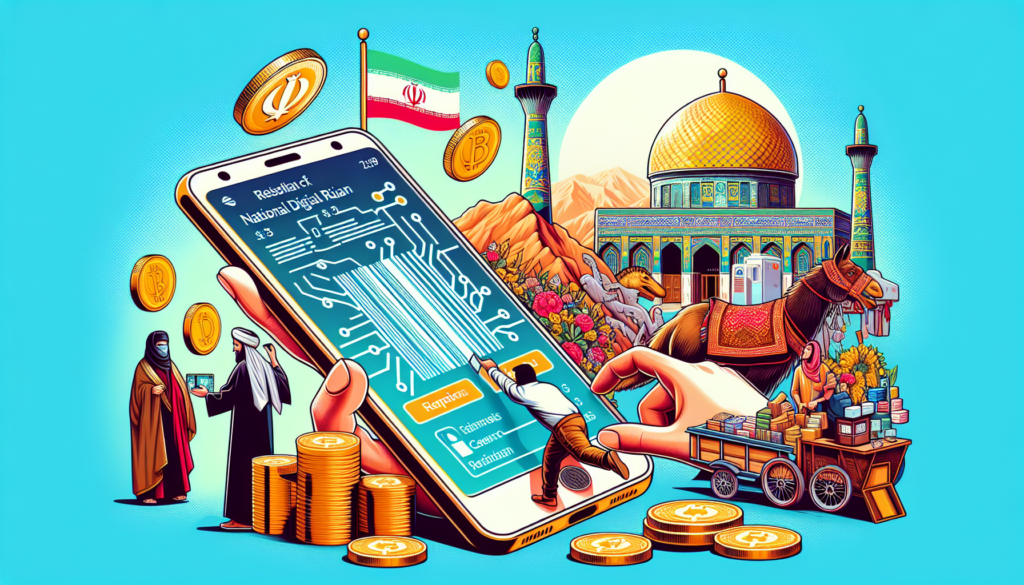
The Central Bank of Iran (CBI) plans to launch a national digital currency, aimed at the facilitation of domestic micropayments, in a public pilot taking place in June. This innovative digital currency, known as the digital rial, will be first accessible to banking customers and tourists on Kish Island, a renowned tourist destination and one of Iran’s free trade zones.
Unlike other electronic money prevalent in Iran, the digital rial will not require interbank settlements for fund transfers, making it an instant and more convenient alternative to conventional payment methods. Customers and tourists can use this digital rial to purchase goods and services by simply scanning a barcode, using special software.
A significant part of the pilot initiative involves transforming Kish Island into a hub for national and international cryptocurrency exchanges. This decision comes after a proposal by Muhammad Javad Azari, a former Iranian minister of information and communications.
The CBI envisions the digital rial playing a crucial role in pushing forward the growth of the country’s digital economy and strengthening its payment infrastructure. They also view it as an effective tool for facilitating micropayments and managing the risks associated with the proliferation of private money.
While the Iranian government has a mixed stance on cryptocurrencies, it permits sales and purchases using such mediums but prohibits their use as a form of payment for goods and services. Proper regulation of local cryptocurrency mining has been a key focus since 2018, and issues around potential national security threats to the U.S., through possible evasion of U.S. sanctions, have been raised.